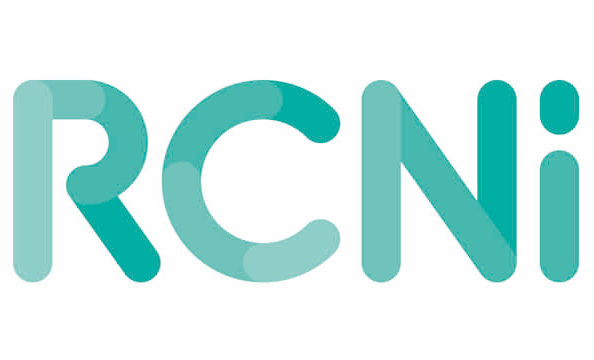Ruth Harris
Challenges and opportunities of the executive nurse director role in the UK
A scoping review exploring issues affecting directors’ ability to deliver the nursing agenda
Interprofessional teamwork in stroke care
This is the third in a series of six articles that aim to encourage nurse leaders to explore how to use research findings to improve practice and services where they work. The series focuses on research that has been funded by the National Institute for Health Research (NIHR) and included in NIHR Dissemination Centre publications. The authors seek to relate the content directly to the Nursing and Midwifery Council’s code of professional standards of practice and behaviour, specifically the themes of practising safely and promoting professionalism and trust. Picture: iStock Introduction by Elaine Maxwell, clinical adviser at the National Institute for Health Research Dissemination Centre: The NIHR Dissemination Centre aims to assist practitioners, managers and policy maker by summarising, contextualising and analysing research findings and presenting them as dependable, accessible, actionable information for those who need it. In recent years, stroke care has been transformed, in part by changes to how care services are organised. We brought together some of the research that has helped with this transformation in our themed review, Roads to Recovery . One of the studies we included, Interprofessional Teamwork across Stroke Care Pathways: Outcomes and Patient and Carer Experience (Harris et al 2013), looks at how different professions work together and affect outcomes for people with stroke. In this article, the lead researchers discuss their studies of how teamwork, or the lack of it, affects people who have had stroke and their families. A chief nurse then reflects on the implications for providers of stroke care and the importance of whole-team visibility to achieve the best outcomes.
How to develop a patient and carer advisory group in stroke care research
Aim The aim of this paper is to inform and advise researchers on the practical issues associated with involving stroke patients and their carers in research. Background The involvement of patients and carers in research is increasingly recognised as important, yet researchers are often unclear on how to do this in practice. This is particularly evident in the field of stroke care, where there is limited information available about how to involve stroke patients and their carers in research effectively, or about the difficulties associated with this. Data source Experience of developing a patient and carer advisory group. Review methods This paper reflects on the process the authors undertook when developing a stroke patient and carer advisory group as part of a research study exploring the effect of interprofessional team working on the experiences and outcomes after stroke of patients and carers. Discussion This paper discusses the challenges and the benefits of developing a stroke patient and carer and advisory group, and offers advice to other researchers undertaking a similar process. It aims to provide some practical suggestions that may aid researchers wishing to involve stroke patients and carers in their research. Conclusion Stroke patients are likely to be older and have long-term physical disabilities or communication problems that may make their involvement in research more challenging to implement. However, with planning and consideration and the allocation of sufficient time and resources, stroke patients and their carers can be effectively involved, resulting in benefits to the research process and output, and to researchers, patients and carers. Implications for practice/research Pay attention to planning and the practical details of involving stroke patients and their carers in research, ensuring that meetings are arranged in an accessible venue. Use straightforward language in all forms of communication. Listen carefully to their views and perspectives and be prepared to make changes to the study and revise methods if appropriate.
Evaluating nurse-led inpatient units
This article highlights findings from three studies into nurse-led inpatient units. The results are not the same in each case, particularly with regard to length of stay, and the authors discuss the possible reasons for this. Further work is needed to develop NLIUs and identify cost savings.



